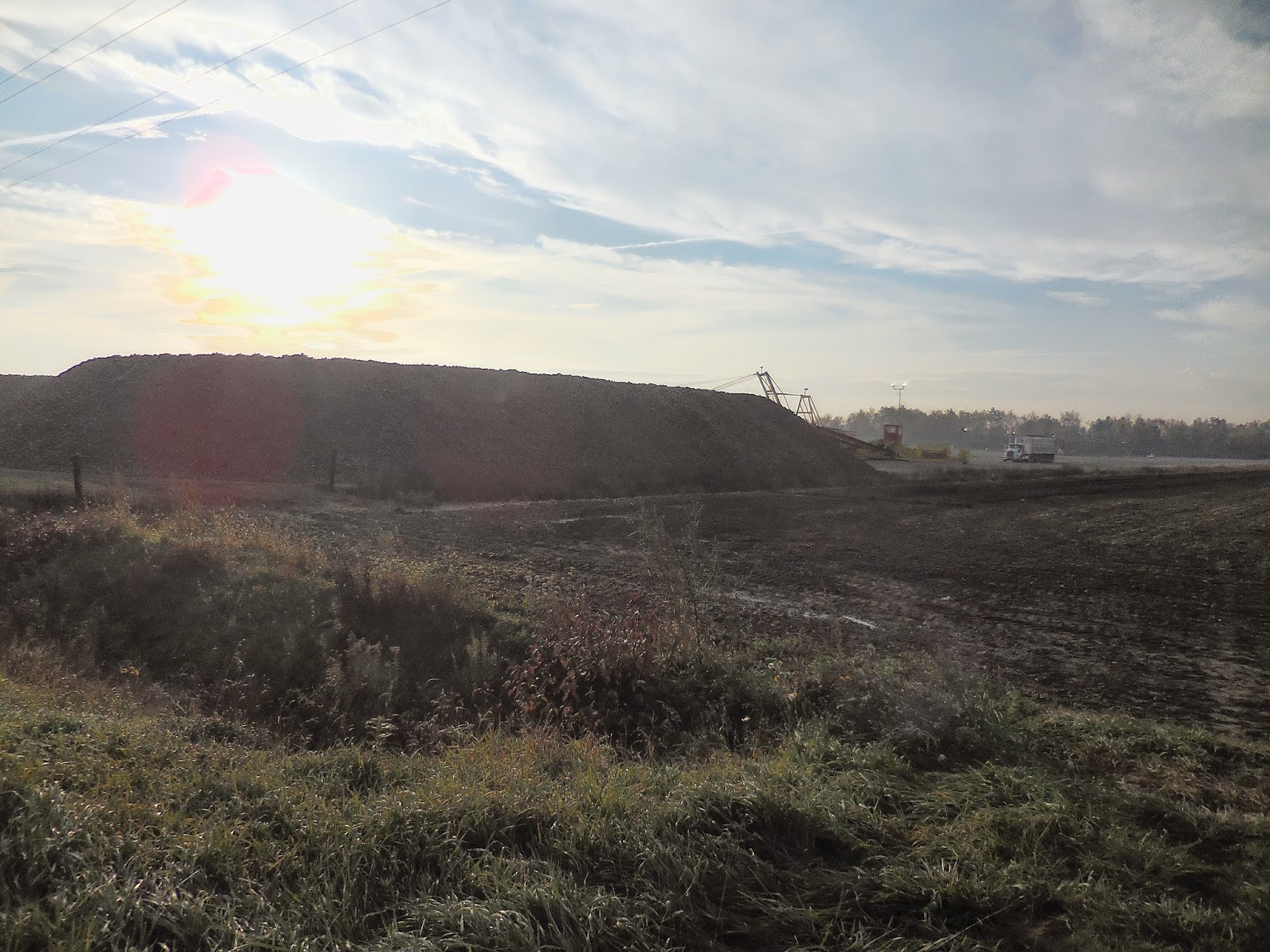I'm not sure. This might be an American elm tree; haven't seen a large one for years. They used to be virtually everywhere in urban and rural environments. The vase shaped silhouettes of mature trees were beautiful. I have seen several smaller trees that I'm sure were elms along the roads here. It would be great if they had some built in natural immunity to the fungus that causes Dutch Elm disease which us spread from diseased trees to healthy ones- I'm skeptical, however.
We have lost huge forests of American chestnuts, American elms, several species of ash trees, flowering dogwoods, oak trees, etc. Yet some city planners and a few, a few, landscape architects without working knowledge of plants and plant diseases continue to litter the landscapes with all the same kind of tree because it looks nice. Locust trees are planted virtually everywhere now because they look nice, grow fast and easily in urban (polluted) environments, and have compound leaves so when autumn comes the individual small leaflets drop and don't need to be raked up! If we planted our cities with multiple varieties of trees, we could reduce the problem. If we don't smarten up, we may end up treeless. At one time Royal Oak planted only locusts. Then they planted only ash trees. Now, fortunately, they plant multiple varieties of trees. Smart!
Saw the above elm(?) on the way to Sandusky where I saw huge piles of sugar beets (below) starting the process of being turned into sugar today.
Last week we had a partial solar eclipse. The sun was already too low on the horizon but its half-light partially illuminated some birch trees in Nordmark. Normally the leaves look yellow; the partial sunlight turned them a rather eerie, but beautiful, shade of bronze or copper.
Two additional sunrises - one from last Friday, one from today.
I suppose I could get tired of them but not for a long time still. My night owl guests always miss these spectacular rises! Their loss. My generator is being installed tomorrow. It's probably too expensive but I think our infrastructure is crumbling around us and politicians are too busy making money from lobbyists and avoiding doing anything for the majority of us. Is this what happened to Rome? I think so.







No comments:
Post a Comment